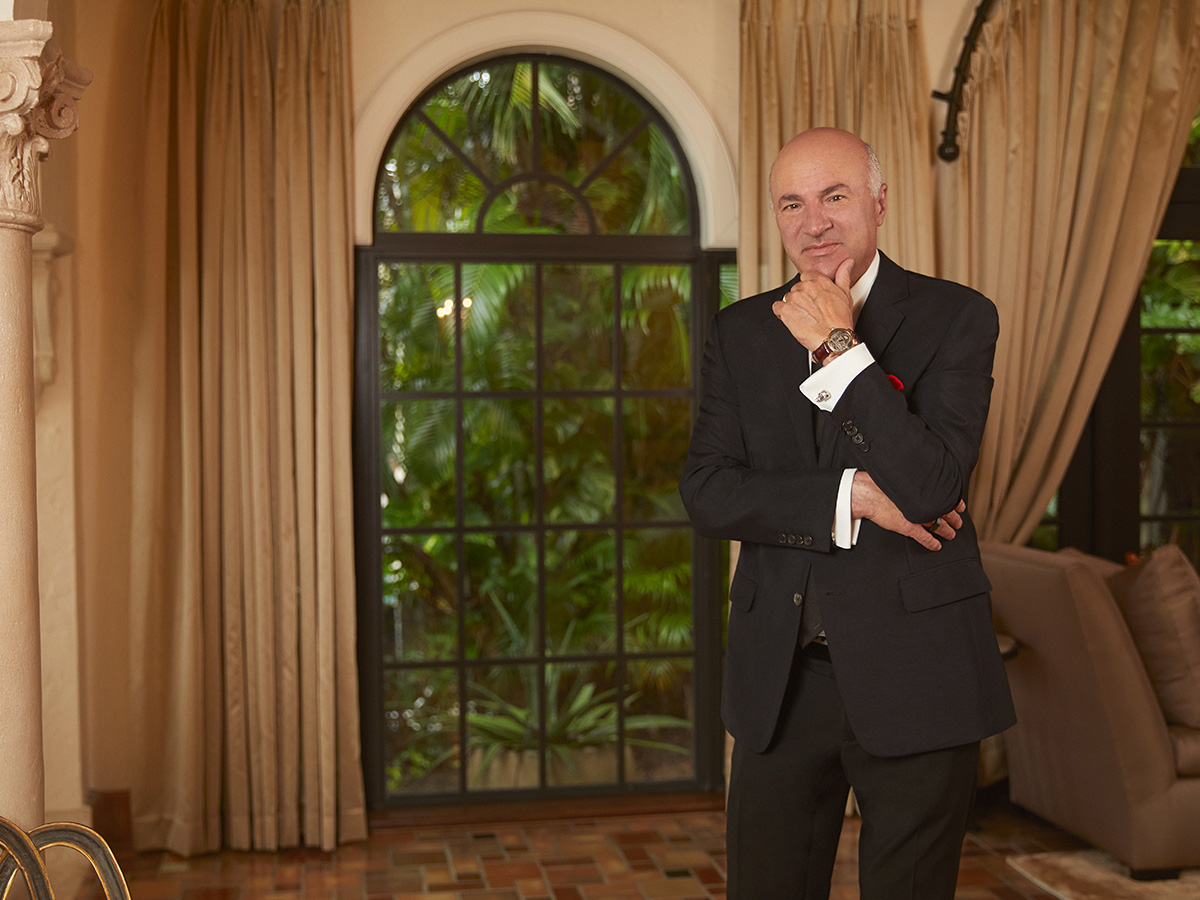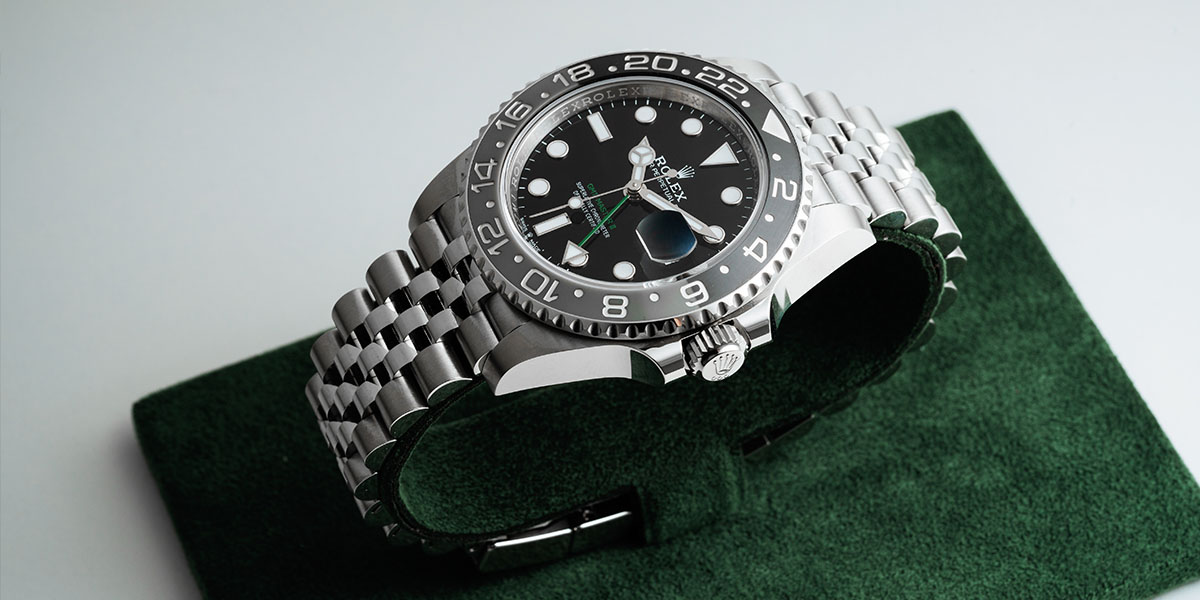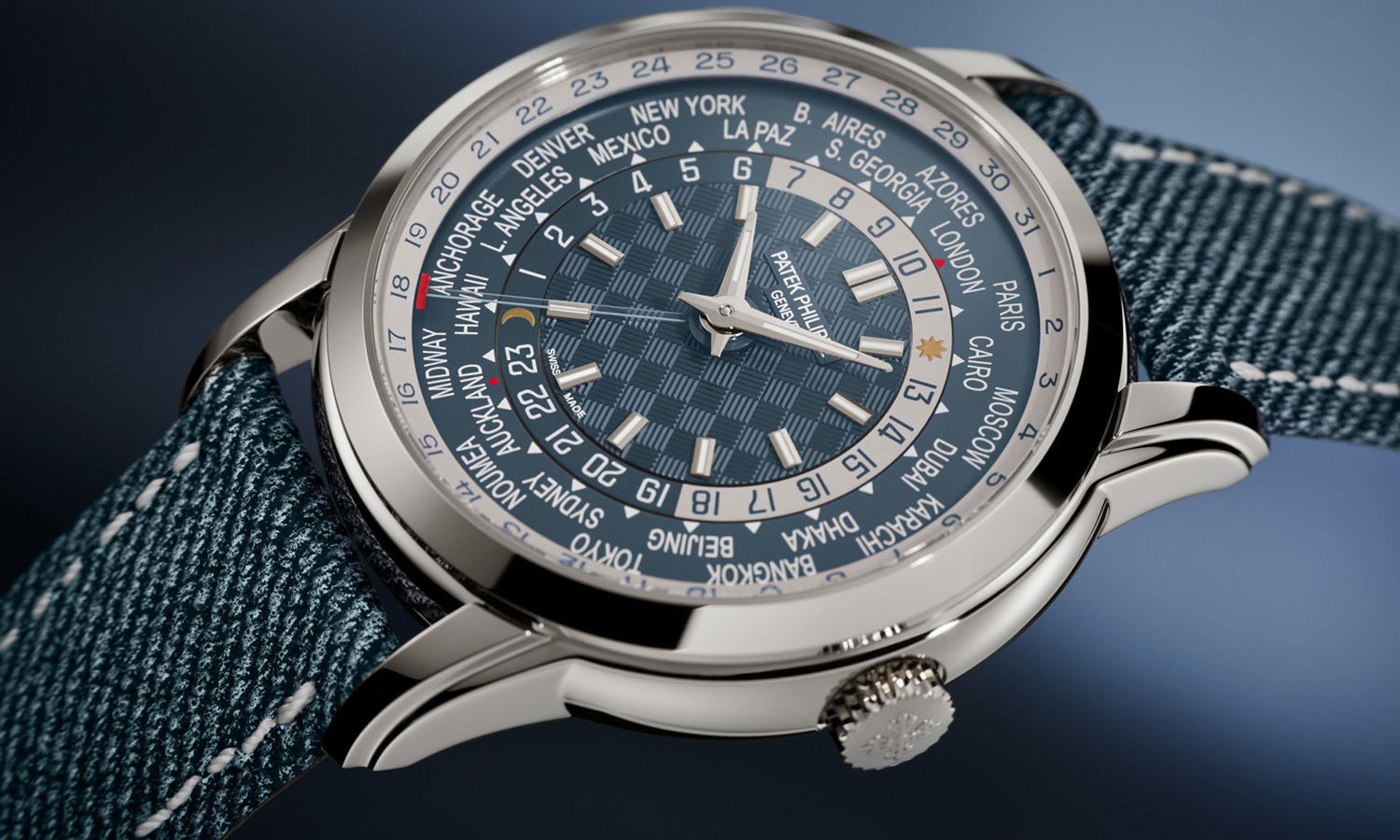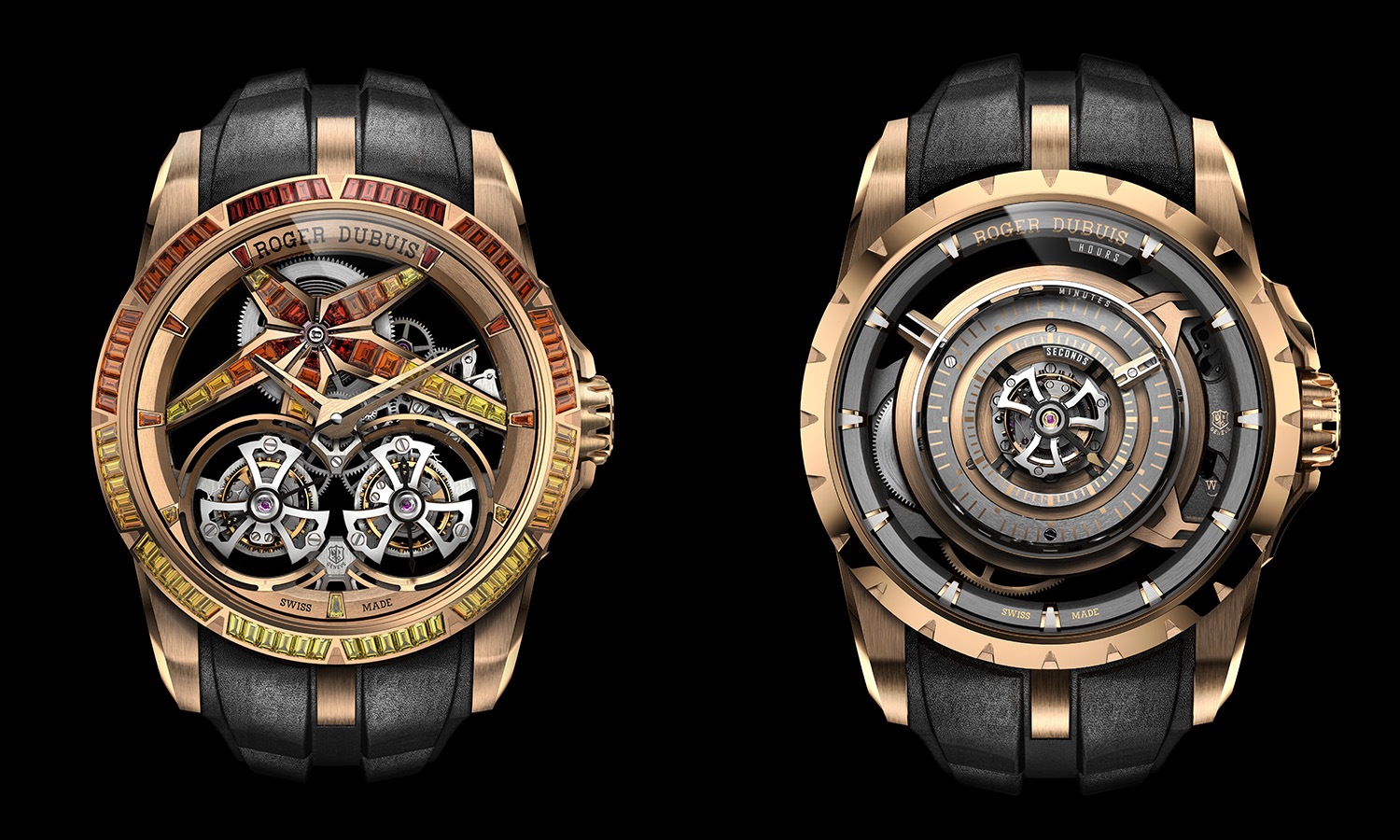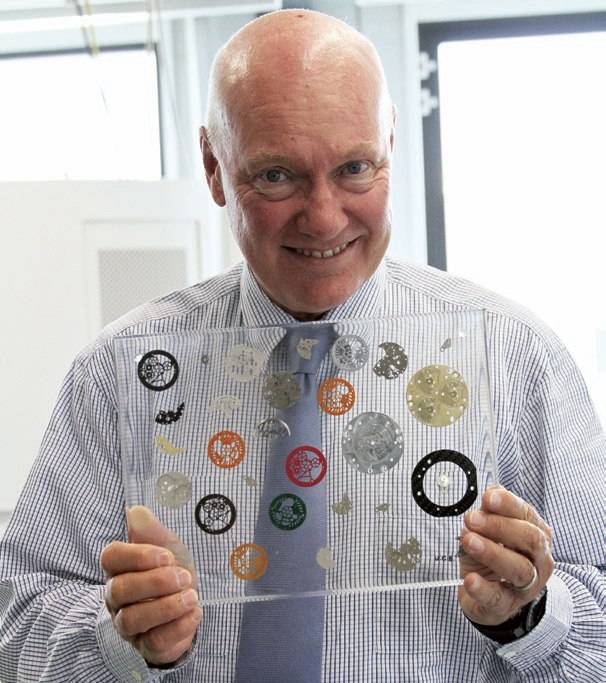
Hublot Transforms as a True Watch Manufacture
One of the most successful watch brands of modern times literally sets in green pastures between Geneva and Lausanne in Switzerland. I recently visited the factory and learned how Hublot is advancing.
The unique high profile luxury watch brand was in sputtering disarray just a few years ago. In 2004, the now well-known Hublot received a much needed revitalization by way of accomplished watch brand savior Jean-Claude Biver (JCB ), who created a big bang at Hublot—in the form of the Big Bang.
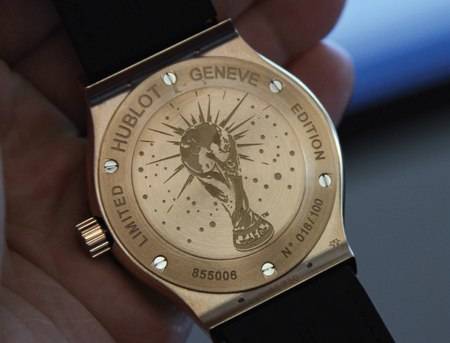
The Big Bang is a watch. Or shall I say many watches. Each shares the same DNA and design, along with other core elements. Familiarize yourself with the Big Bang collection once, and you’ll be able to recognize almost any Hublot watch then on forth. Big Bang is masculine, sporty, and dynamic. A core value of the watch is “fusion.” As Biver puts it, fusion is about the intersection between different materials. The Big Bang has always been about combining unlikely materials together in each watch. As such, Big Bang time pieces aren’t defined as being just steel, gold, or otherwise, but rather as a combination of materials such as titanium, ceramic, and rubber mixed together. For Hublot, it is about offering something different. According to Mike Margolis of Hublot’s USA operations, luxury watch buyers often seek something different, which they recognize they can get from Hublot. Bobby Yampolsky, president of East Coat Jewelry in Palm Beach, Fla., confirms that in comparison to other luxury watch brands, Hublot timepieces are unique, and the design is highly recognizable to the brand.
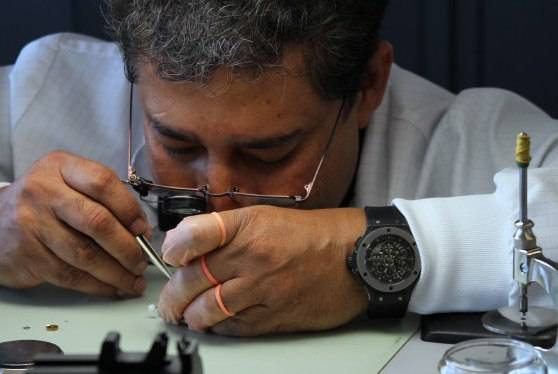
Big Bang wouldn’t have reached this level of popularity without its unique, appealing design. These watches aren’t cheap either; the average price of a Big Bang is well more than $10,000. However, when other watch brands are reminded quarterly of their poor sales in this In-House struggling retail smarket, Hublot regularly reports incredible earnings and demands. Simply, Hublot timepieces “are an almost perfect blend of quality, a great look, and price,” says John Simonian, the owner of Westime in Los Angeles and a Hublot dealer.
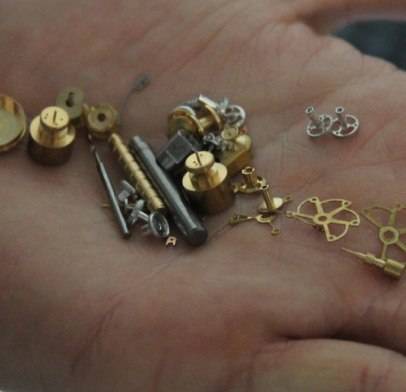
Recognized the world over, the Big Bang watch collection is the living personification of JCB ’s zealous leadership and unfaltering charisma for his brand. It is also a sticking point for the Hublot of today. While the Big Bang and its progeny are extremely successful, Hublot’s collection more or less is comprised of the Big Bang in its countless variations. Fans of the brand are yearning for more, and I am happy to say they will not have to wait much longer.
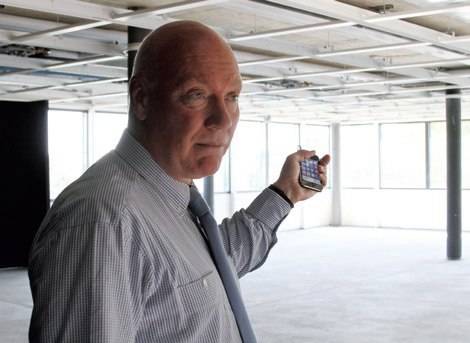
Hublot is growing, but to do so properly, JCB has decided the brand needs to make its own movements, which will elevate it to the status of being a true watch manufacturer. Until recently, Hublot designed watches that used movements made by other companies such as ETA , the largest Swiss watch movement maker. With Hublot making its own movements, JCB is able to meet the crucial needs for the bustling luxury watch brand. People buying and selling Hublot watches are highly confident in JCB ’s abilities and brand direction. Dealers, like Yampolsky of East Coast Jewelry, are thrilled of how JCB transformed Hublot in a few short years. And according to Westime’s Simonian, Hublot is stripping market share from competitor brands, which he feels is greatly due to JCB keeping Hublot watches socially relevant and trendy, by partnering with major world events, and ensuring that Hublot watches are constantly in daily headlines either by name or sight.
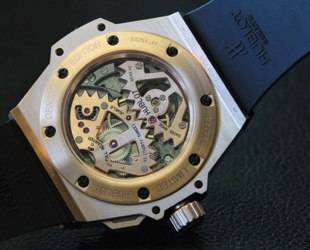
But the ability to make movements elevates the status of any watch brand. Collectors and enthusiasts often prefer movements in watches that are made by their own brand. These are called in-house movements and deemed more luxurious, and certainly more exclusive. The concept is simple. When you buy a Mercedes-Benz car, you know it has a Mercedes-Benz-built and -designed engine. Would you feel the same way about the car if it instead had a Volkswagen engine inside? Not that a Volkswagen engine is bad, but it isn’t a Mercedes engine. Hublot is currently making in-house movements for some of their higher-end tourbillon movements and will follow up with a more basic movement to fill the spot currently occupied by movements from ETA .

Hublot has done so well with ETA movements until now, so why ruin a good thing? To start, ETA will no longer be supplying movement kits (ébauches) to brands outside of its parent company, the Swatch Group. Rather than relying on another supplier whose movements may be inferior to ETA ’s, or can’t supply as many, JCB is making Hublot take the wise route of simply making their own movements from now on. Plus, when you make your own movements, you have a superior level of control and quality, allowing you to prevent and resolve problems as well as guarantee there are enough movements for the watches you plan on making. Movement making is also the basis for improving movements and allows Hublot to make technical innovations in the development of new complications and features. Hublot fans should rejoice. Not only is their favorite watch brand getting better, prices are not increasing. Generally, it is cheaper for a brand to make their own movements as opposed to buying them from third party suppliers.
Hublot’s foray into movement making really began with a rare opportunity. One of Hublot’s suppliers, BNB Concept, which made extremely high-end, complex movements, had declared financial ruin all of the sudden. Contrast to brands like Hublot, many in the sinking luxury watch industry weren’t able to pay their bills. BNB Concept was a bystander of the economic downturn, and Hublot responded by buying much of the company’s assets, including its founder, watchmaking genius Mathias Buttet. He is now an employee of Hublot and couldn’t be happier. An artist and engineer first, Buttet revels in the new freedom he has to innovate and do what he does best—making wildly complex, luxury watches. With Buttet came knowledge as well as a host of machinery, which now has a home at Hublot’s new manufacture.
A large black square building, Hublot’s headquarter feels like a logical face for the brand. You can almost imagine opening it like a box to find a watch inside. JCB walks me through large rooms sparsely filled with machinery. The space feels less like a factory and more like a hospital. This is the hallmark of a good watchmaker: a super clean environment where precision instruments are born. Space is plentiful inside and out. The headquarter has a sublime view for contemplating decisions and offers plenty of room for expansion. The view from Biver’s corner office is directly of a wheat field, with more fields past it, and Swiss agrarian bliss to its sides. While Hublot is slowly filling its space with machines and watchmaker benches to make movements, it is also planning an annex building. This is the birth of a new manufacture, the horological equivalent of a Silicon Valley start-up.
Hublot has already designed its first major in-house movement meant for serious production. It is called the UNICO and is a thing of beauty. It will be fitted in the majority of Hublot’s chronograph Big Bang timepieces which are most of Hublot’s watches. While Hublot’s tourbillon movements (a type of extremely expensive, hard-to-make mechanical movement) are also made in-house, the UNICO is the machine to be reckon with given its volume of production. It fits the exact same dimensions as the current ETA Valjoux 7750 movement but represents an improvement on the industry’s gold standard chronograph.
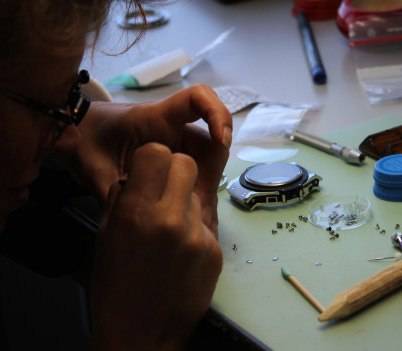
Even so, ETA is a wonderful watchmaker whose successes are hard to beat. Hublot spent three years developing the UNICO . The movement is an automatic chronograph with sophisticated materials such as silicium and carbon fiber, which are more durable than those in the 7750. The UNICO also has less parts, making it less prone to failure, and a double transfer clutch as well as a column wheel transmission. These items are technically more sophisticated and help enhance the reliability of the movement. The UNICO is also good looking. Its complex construction is a beauty to see in a skeletonized watch dial, or through an exhibition caseback. Soon Hublot will make 5,000 UNICO movements a year. And since the UNICO fits the same dimensions as the 7750 movement, Hublot will offer a service to existing Hublot chronograph watch owners (who purchased their watch within the last 5 years). Those timepieces with the 7750 movement inside will have Hublot install UNICO in their place.
The Hublot headquarter brims with activity, with construction and installation throughout. Boxes and equipment lay in wait while empty floor spaces are prepared for their new inhabitants. It is an exciting time to be at Hublot, and even more exciting to be a Hublot watch lover. JCB is doing exactly what the brand needs for ongoing growth. He leaves nothing neglected. He masterfully juggles the needs of the brand as though it was easy. It isn’t—and others in similar shoes have failed. Hublot has no debt, no liabilities, and a very proud parent. While JCB is the father, LVMH is the mother. The large conglomerate that also owns fellow watch brands Tag Heuer and Zenith has a very hands-off approach. LVMH leaves Biver free to do what he does best.

My sneak preview of the Hublot manufacture was enlightening, but I am eager for its completion. November 2010 will see the official announcement of the production and propel Hublot forward into its golden age.
 SIGN UP
SIGN UP


